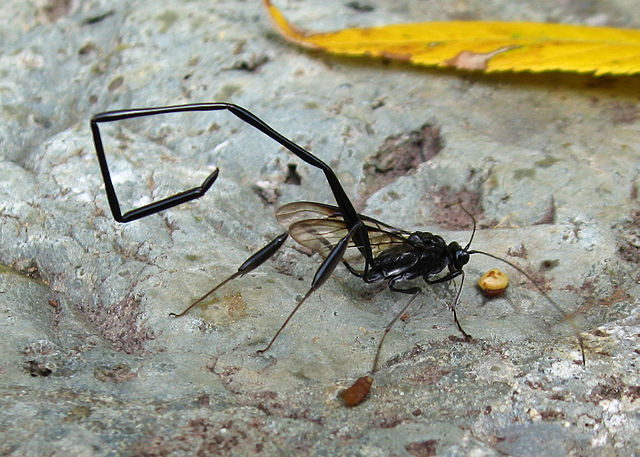'Don't worry, I come in peace!' Meet the one-of-a-kind pelecinid wasp
Estimates for the number of insect species on the planet range from 6 to 10 million. Of those, there are approximately 18,000 species of ants, bees and wasps in North America alone. Of those 18,000, I'd argue that the American pelecinid wasp is among the most interesting. This insect is so unusual it shares its family (Pelecinidae) with just three other species in the world, no others in North America.
As summer moves along bees and wasps become more visibly abundant with the young maturing into active and mobile adults. So you might catch a glimpse of one of these creatures, and if so, not to worry — this formidable-looking creature won't hurt you.
As you can imagine from the photo above and this short video, it can be a tad intimidating when a pelecenid flies close to you. But that long thin section is just the abdomen; it doesn't contain a stinger. Beetle grubs, however, have much to fear.
It's the female that has the long ovipositor, used to deposit eggs onto June beetle grubs in the soil. When the eggs hatch the young burrow into and eat the grub. Adults are pollinators, feeding on nectar.
Not needing it, the male lacks such a prominent abdomen. But he's also not necessary for breeding. Pelecid can reproduce parthenogenetically, that is, the female can lay viable eggs that do not require fertilization.
